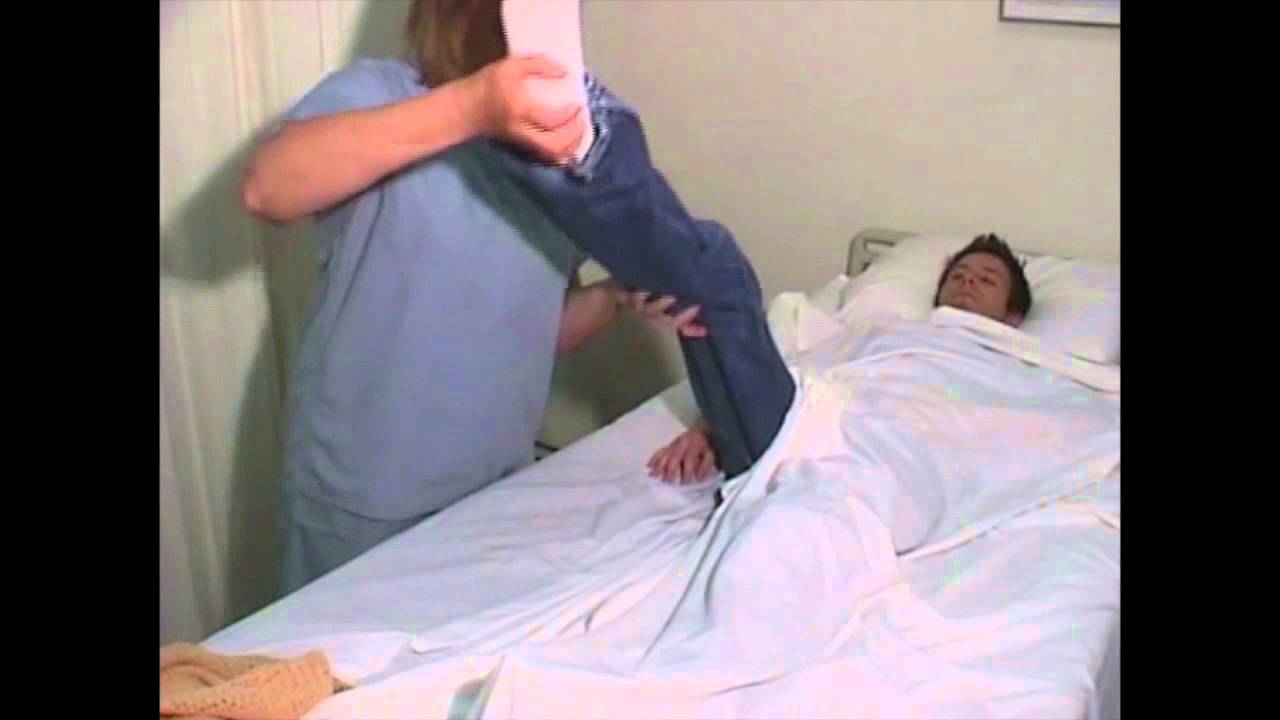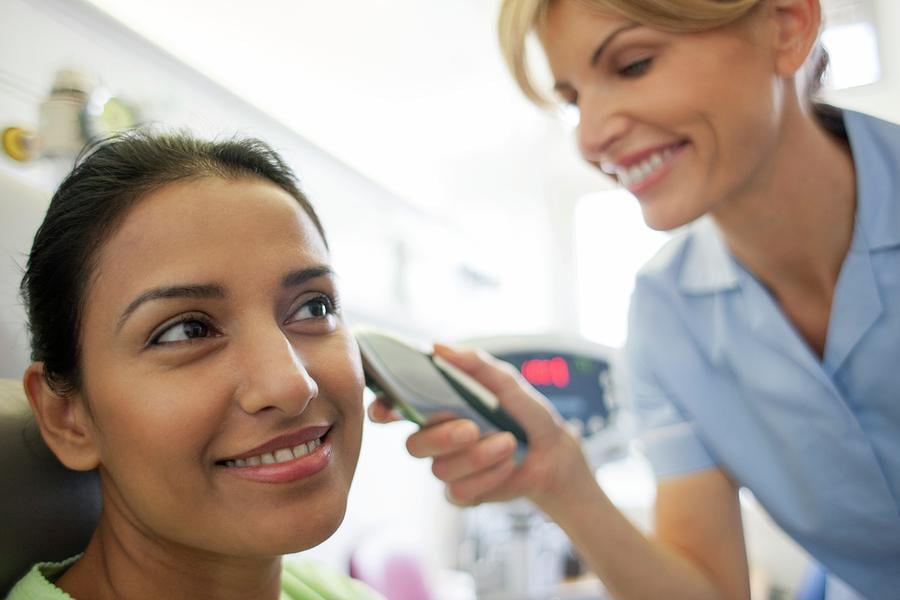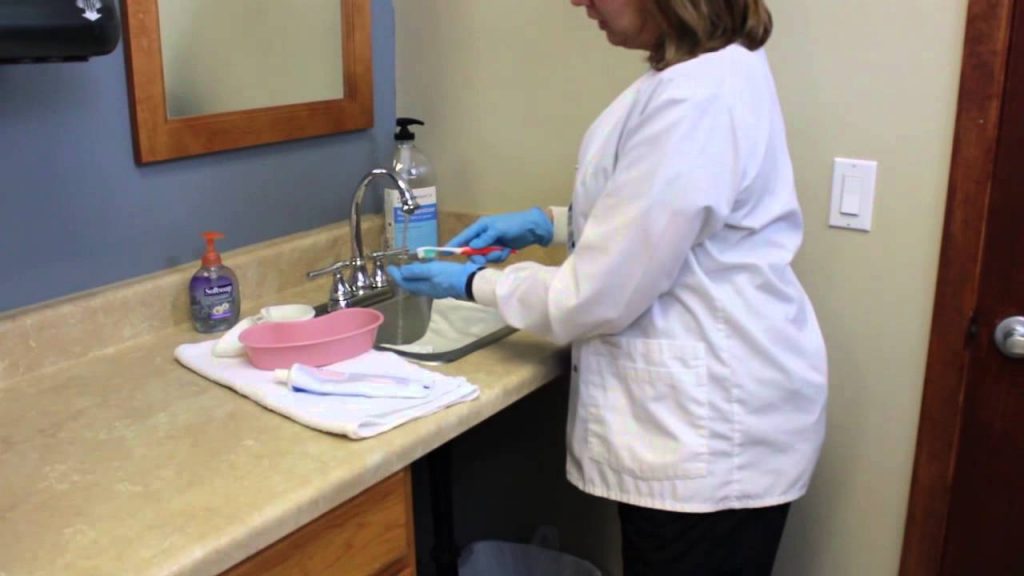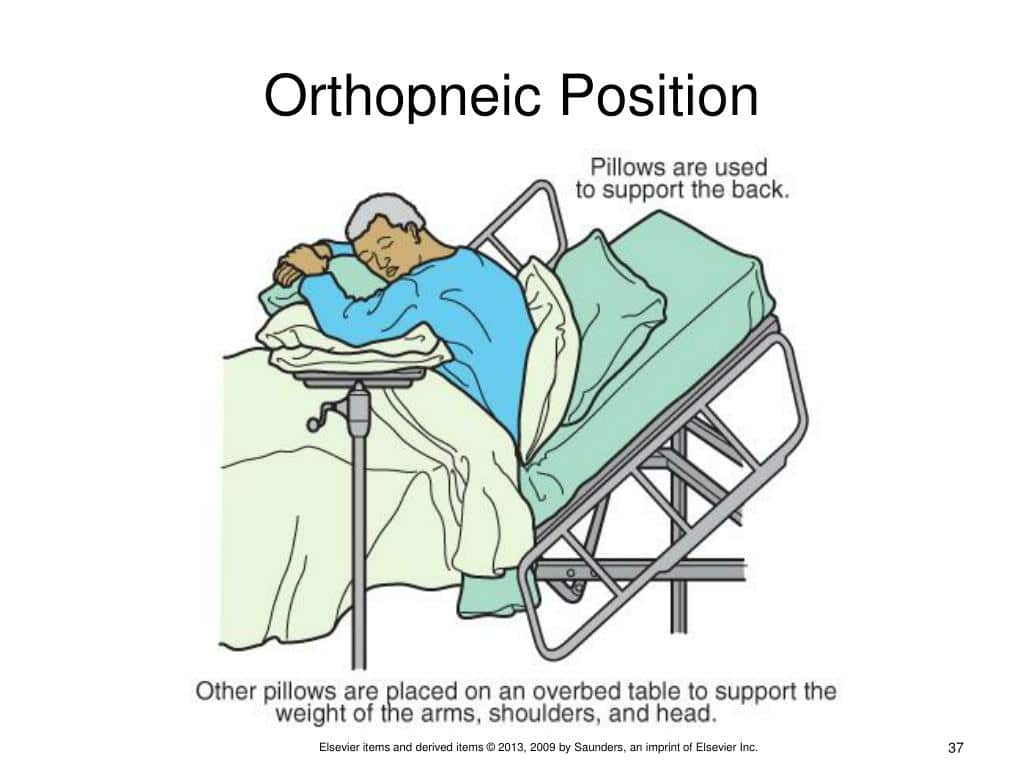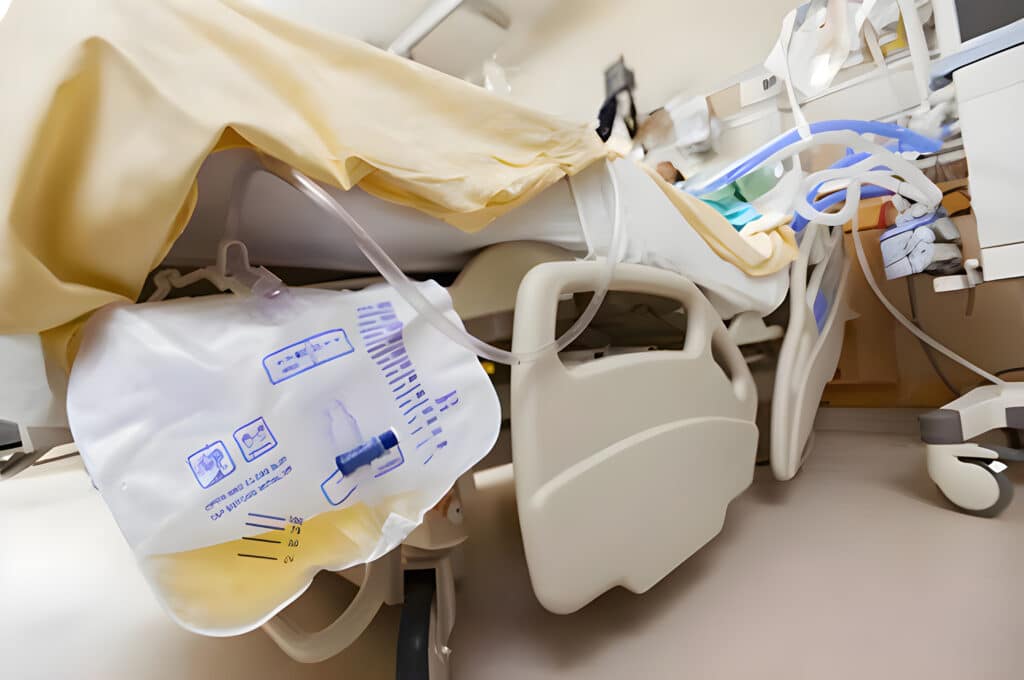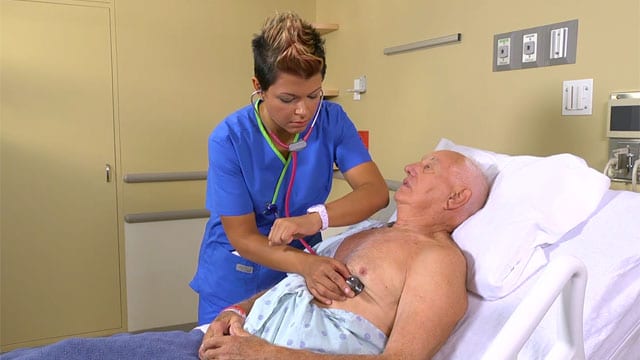Written by Hollie Finders, RN
Hollie Finders is a registered nurse with years of experience working in the health care field. She has degrees in both biochemistry and nursing. After working with patients of all ages, Hollie now specializes in pediatric intensive care nursing. Hollie’s LinkedIn
Procedure
- Perform hand hygiene.
- Explain the procedure to the patient and ask for his or her assistance in following directions.
- Raise the bed to a comfortable working height.
- Assist the patient into a supine position.
- In the following exercises, move the patient’s joints in a natural motion and stop at the point of resistance. Do not continue the motion if the patient reports pain.
- Repeat each exercise a minimum of three times.
- To exercise the shoulder, keep the arm straight and support the patient’s arm by holding the elbow and wrist.
- Raise the arm above the patient’s head (flexion) and return arm in the same path to the patient’s side (extension).
- Move the arm laterally away from the patient’s body (abduction) and return arm to patient’s side (adduction).
- To exercise the elbow and forearm, hold the patient’s wrist and elbow.
- Bend at the elbow to allow the patient’s hand to touch the shoulder (flexion). Straighten the arm (extension).
- Turn the palm downward (pronate) and rotate it upward (supinate).
- To exercise the wrist, fingers, and thumb, hold the patient’s wrist with one hand and use the other hand to guide the fingers.
- Bend the hand up (extension) and down (flexion).
- Turn hands inward toward the thumbs (radial flexion) and outward toward the pinky (ulnar flexion).
- Keep the thumb parallel to the index finger (adduction) and move the thumb laterally away from the index finger (abduction).
- Turn the thumb inward toward the palm (flexion) and back out (extension).
- Touch each finger to the thumb (opposition).
- Make a fist (flexion) and straighten fingers (extension).
- Separate the fingers (abduction) and bring them back together (adduction).
- To exercise the hip, straighten the leg and support at the knee and ankle.
- Slightly raise the leg off the bed and move the leg away laterally away from the other leg (abduction). Bring the legs back together (adduction).
- Carefully rotate the leg inward (internal rotation) and outward (external rotation).
- To exercise the knee, support under the knee and ankle. Slide the patient’s ankle toward the thigh (flexion) and straighten the leg (extension).
- To exercise the ankle and toes, support the ankle and use the other hand to guide the toes.
- Pull the patient’s toes up toward the legs (dorsiflexion) and push down toward the ground (plantar flexion).
- Bend the sole of the foot inward (supination) and outward (pronation).
- Curl the toes down (flexion) and straighten them (extension).
- Separate the toes (abduction) and return them (adduction).
- Assist the patient into a comfortable position and lower the bed.
- Perform hand hygiene.
- Document the procedure in the patient’s chart and report any changes in the patient’s condition to the nurse.
Important Information
Range of motion exercises are used to help prevent or decrease contractures, improve flexibility of joints, and improve strength [1]. Bedridden patients as well as those with reduced mobility may greatly benefit from passive range of motion exercises. However, do not perform these exercises without an order to do so, as it may be contraindicated in certain situations. To avoid injuring the patient, always follow the correct procedure, make natural motions, and stop when resistance is encountered.
References

